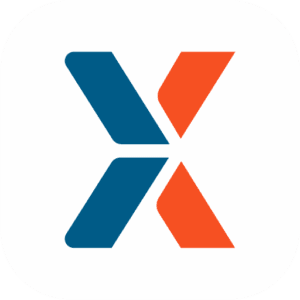Small businesses need to go through the correct channels to order supplies, aka through the financial department of the business rather than buying the supplies on their own. This process includes the use of both requisition orders and purchase orders, which represent different steps of the same purchasing process. Because of the similarity in their names, the terms are frequently misused or referred to as if they have the same meaning.So here is the lowdown:
Requisition Orders
A requisition order is documentation that is used and submitted to the accounts department or whoever controls the purse strings. It requires information such as the department requesting supplies, the quantity of supplies and a description, the price of the purchase and the legal supplier name. A purchase requisition authorizes the procurement department to issue a purchase order to a supplier and can be approved or denied by the accounting department. The accounting department also use the document to coordinate expense reporting with the company accounting department. The procurement department may not submit a purchase order until a higher rank procurement authority has submitted a requisition order.
Purchase Orders
A purchase order is less involved and is only created once a requisition order has been through the approval process. Businesses use purchase orders to document purchase details, then issue the order to suppliers. The procurement department is the only entity authorized to issue purchase orders with best practice accounting standards in place. Once a supplier accepts a purchase order, the document is a legally binding commitment for both parties, which is why purchase orders contain this depth of information such as the name of the procurement office, supplies being purchased, shipping address, terms of payment, purchase order number and invoicing information. It goes without saying that the purchase order number will be the same as the number on the requisition order that was created. Purchase orders are even more important when the business and the supplier do not have a prearranged contract. Using purchase orders as the only basis for contractual arrangements is advised. Businesses should use full service agreement when dealing with outside entities; however, businesses frequently make unplanned, spontaneous purchases with only the purchase order backer to document the terms of a purchase agreement.
Directing Requisition and Purchase Orders
Technology is spreading through the workplace like wildfire and the purchasing process is moving towards e-Procurement — an automated procurement system that reduces or eliminates printed documentation and the dreaded spreadsheet. Most Businesses with procurement departments use an automated procurement process. E-Procurement systems provides a user interface that authorized employees can fill out. The procurement system alerts the requisite in-house authorities necessary to complete the request process in a predetermined sequence as the requisition order moves through the approval process.
After a requisition order completes a business’s approval process, the e-Procurement system notifies the procurement department, which finalizes a purchase order to issue to the intended supplier. Automated purchase order software delivers the completed purchase order digitally and in near real-time. E-Procurement systems like that make it easier for decision makers to overview a business’s financial history in a transparent way for interested parties — such as investors, government regulators or loan officers. In addition an automated procurement system like the purchasing process by eliminating the need to manage physical documents and enabling purchase order applicants to follow their request progress digitally.


